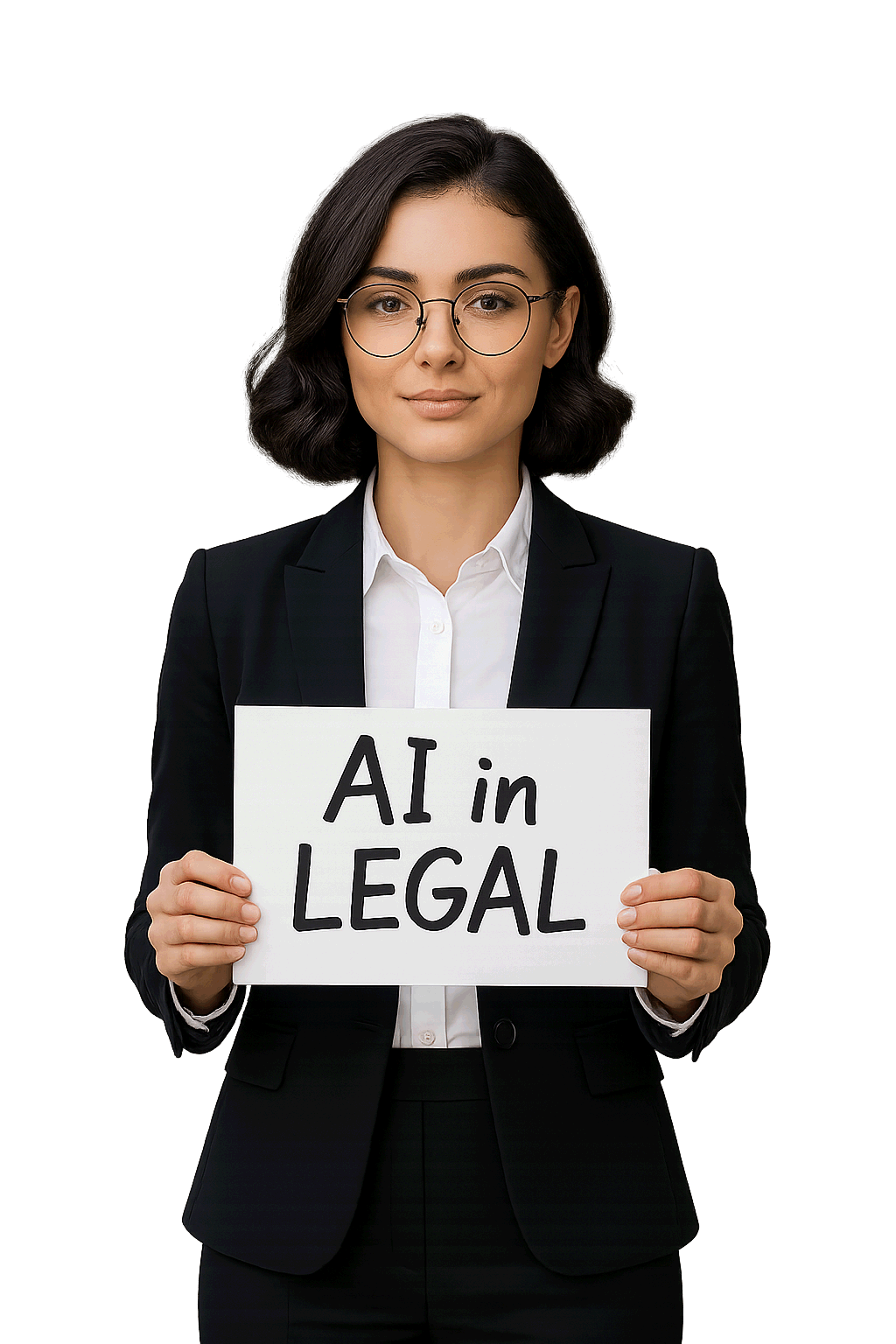AI Smarter Legal Research

Instead of digging through databases for hours, attorneys can instantly retrieve relevant precedents using our AI-powered research tools. By scanning thousands of statutes, case laws, and rulings, Wemaxa delivers highly targeted insights that match your jurisdiction and legal context. Our models can also evaluate litigation strategies using past case data, helping you estimate likely outcomes.
AI Writing Legal Contracts

Whether reviewing a lease, NDA, or MSA, our contract automation tools accelerate the process. AI identifies risk factors, flags nonstandard clauses, and suggests revisions based on your firm’s internal guidelines. Need a new contract? Generate a first draft in minutes using customizable templates built around your specific needs and compliance standards.
AI Document Management

Legal documents tend to be long and layered. Wemaxa makes them manageable. Our AI summarizes lengthy texts, extracts key deadlines, and highlights critical obligations so you never miss a detail. For litigation teams, our eDiscovery engine automatically sorts, tags, and retrieves relevant files saving hours of manual sorting and reducing review costs across the board.
First-Class AI Client Intake

AI virtual legal assistants handle basic inquiries, schedule consultations, and collect preliminary client information before an attorney ever steps in. This ensures smooth first impressions while giving your team more time to prepare for what matters. AI also prioritizes incoming cases by urgency, helping your office respond faster and allocate resources effectively.
Stress-Free Billing and Time Tracking
Wemaxa helps lawyers reclaim billable time lost to admin tasks. Our AI captures activities across email, calls, and document editing to log time automatically with precision. Once the hours are tracked, the platform generates polished invoices that meet compliance standards and reduce the back-and-forth of client billing.
Active Compliance and Risk Monitoring
With legal standards constantly shifting, staying compliant can be a full-time job. Wemaxa tracks regulatory changes and alerts your team as soon as updates are relevant. We also offer tools that evaluate contract portfolios and client records to detect potential liabilities early so that risks are addressed before they escalate.
Why Law Firms Choose Us for AI?
Wemaxa integrates directly into your legal tech stack. Whether you use Clio, LexisNexis, MyCase, or a custom solution, our tools fit into your workflow without disruption. We treat client data with the confidentiality and integrity the legal industry demands. Every system we deploy includes enterprise-grade encryption, robust user permissions, and compliance with legal ethics guidelines. Whether you’re running a solo practice or managing a national legal department, Wemaxa scales with you ensuring you get the power of AI without sacrificing control or compliance.
MORE LINKS:
Beyond the obvious categories of contract review, research, and administration, AI has also begun influencing areas like compliance monitoring, intellectual property management, and due diligence for mergers and acquisitions. Compliance tools scan legislation updates across multiple jurisdictions, alerting lawyers to changes that may affect corporate clients. Intellectual property practices now deploy AI to monitor global trademark databases, scanning for potential infringements far more efficiently than manual searches. In mergers and acquisitions, due diligence processes that once required armies of associates to comb through corporate records are now augmented by systems that flag irregularities in financial statements or governance structures. Analysts at Forbes note that this expansion reflects the adaptability of AI to diverse legal contexts, but they also caution that increased reliance introduces new points of failure. When legal counsel depends too heavily on automated due diligence, subtle but critical nuances may be overlooked, leaving firms exposed to regulatory backlash or reputational harm.
AI INTEGRATION: LAWYERS & LEGAL
At Wemaxa, we understand the pressures faced by modern legal professionals. Between complex research, contract analysis, client intake, compliance, and time tracking, even the most organized legal teams struggle to keep up. That’s why we’ve designed AI solutions that lighten the administrative load, improve accuracy, and free up time for lawyers to focus on strategy, client service, and high-impact work.
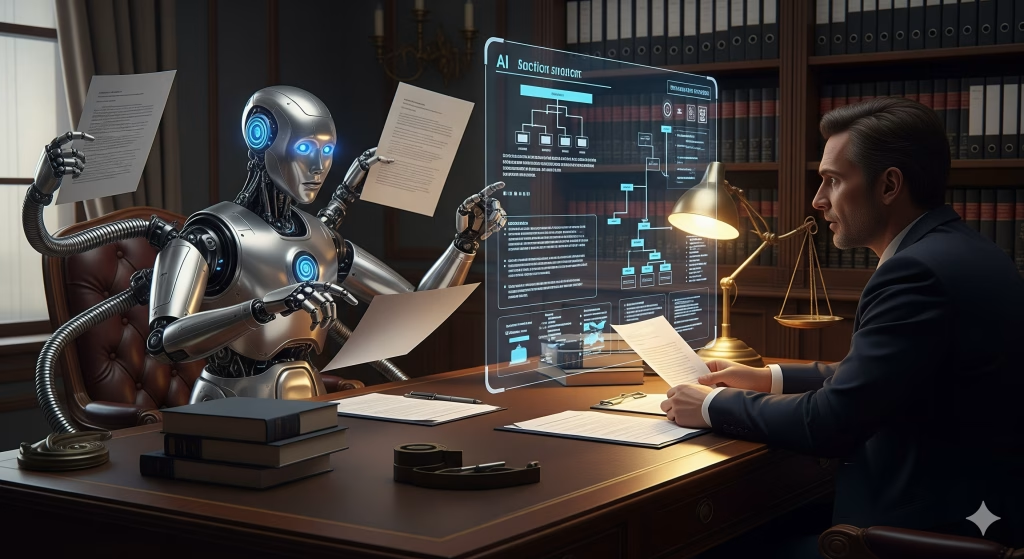
AI in legal practice is being pitched as if it will turn law offices into automated factories of justice, when in fact it mostly streamlines repetitive paperwork. Vendors talk about revolution, but the day to day reality is software that reviews contracts, drafts boilerplate clauses, or sifts through case law faster than junior associates. The promise is efficiency, not wisdom, and anyone imagining that machines will replace lawyers misunderstands both the limits of AI and the peculiar rituals of legal systems. Document review is where AI has sunk its deepest roots. Algorithms trained on thousands of contracts can spot inconsistencies, highlight risky clauses, and flag missing provisions in minutes. This is faster and cheaper than sending in teams of paralegals, which is why corporate law firms embraced it. But the accuracy is uneven. A misplaced assumption in training data can lead to false positives or missed red flags. The lawyer still has to validate the output, which makes the tool more of an accelerator than a substitute.
Legal research is another domain. Instead of combing through endless casebooks, AI powered search engines return relevant precedents and statutes with greater speed. The attraction is obvious. Time is money, and research is billable hours. But the machines are not immune to hallucination. A language model that invents fake case citations has already landed lawyers in disciplinary trouble. Blind reliance on these systems is a professional liability, not a shortcut. In litigation support, AI systems analyze prior rulings to estimate probabilities of success or to anticipate opposing strategies. Insurance companies and corporate clients like these predictive analytics because they add a veneer of objectivity to decisions about settlement versus trial. Yet the models are only as good as the data they digest. If the training set reflects regional bias, systemic injustice, or outdated rulings, the predictions simply encode those flaws with statistical polish.
The administrative side is less glamorous but equally affected. AI now drafts engagement letters, manages billing cycles, sorts discovery material, and automates client intake. These are the invisible chores of legal practice, the parts that never make it to television dramas. Automating them saves time but also deepens dependence on opaque systems. A billing dispute or a misfiled document caused by an algorithmic hiccup leaves the firm with little recourse beyond vendor support tickets. So AI in law is neither the robot lawyer fantasy nor an irrelevant gimmick. It is a tool that accelerates clerical work, trims research time, and helps large firms squeeze more value out of their staff. But it does not interpret law, argue cases, or carry responsibility before a court. The human lawyer remains central, because judgment, advocacy, and accountability cannot be automated away. AI in legal practice is augmentation masquerading as disruption, and law firms that forget this will find themselves relying on brittle shortcuts in a profession where precision is non negotiable.
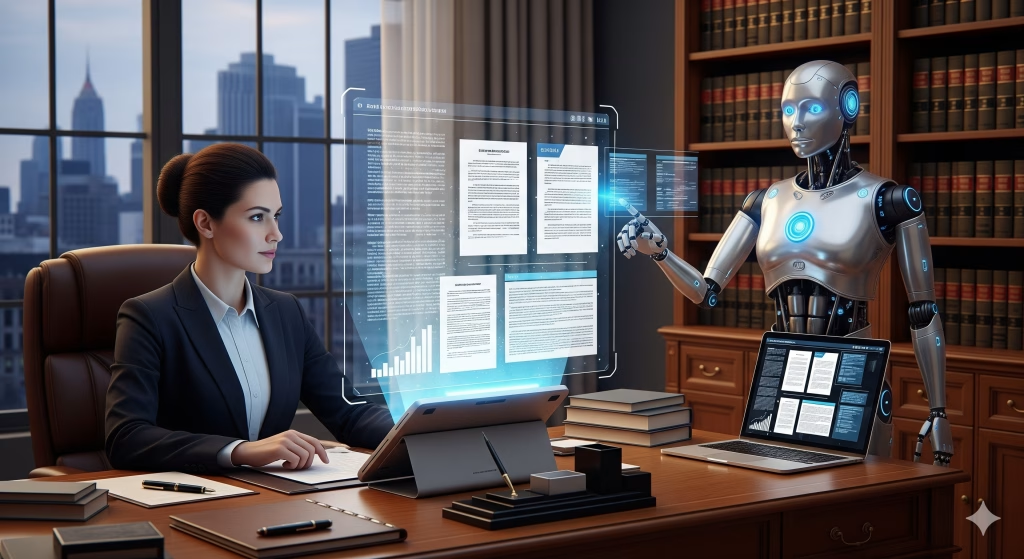
Empowering Lawyers, Not Replacing Them
Artificial intelligence should never remove the human judgment that defines great legal work. Our job is to give you time, clarity, and speed so that you can do yours better.
At Wemaxa, we recognize that legal professionals today operate in an environment of unrelenting complexity. Managing client expectations, conducting thorough research, ensuring compliance with shifting regulations, and dealing with the constant administrative churn places enormous pressure on lawyers and support staff alike. Traditional law practice is already demanding, but globalization, digital transformation, and heightened scrutiny from regulators have raised the stakes further. That is precisely why AI has become both a necessity and a point of debate. We have engineered AI solutions that reduce the administrative drag while enhancing precision across workflows, ensuring that lawyers spend more of their billable hours on high-value strategy, negotiation, and advocacy. By automating repetitive yet time-consuming functions, we provide a way for firms to operate leaner, faster, and smarter without compromising on the standards of excellence clients demand. Thought leaders at American Bar Association have already emphasized that lawyers cannot ignore emerging technologies without risking competitive disadvantage, and AI is at the forefront of this technological shift.
One of the most significant areas where AI has made measurable impact is contract analysis and review. While traditional review processes require hours of human attention and multiple passes to catch inconsistencies, AI-powered platforms can scan hundreds of pages within seconds. These platforms highlight risky clauses, detect deviations from standard templates, and flag potentially ambiguous wording. Corporate law departments and in-house counsels are already integrating such tools to handle the deluge of vendor contracts and compliance documents. The efficiency gain is undeniable, but accuracy is uneven. A misclassification in training data or an overlooked jurisdiction-specific rule can lead to errors with serious financial consequences. What this means is that human oversight remains indispensable. Lawyers must validate outputs and contextualize results, ensuring that AI serves as an accelerator rather than a substitute. Reports from Harvard Business Review stress that firms adopting contract analytics must balance automation with robust quality control, or risk undermining their credibility before clients and regulators.
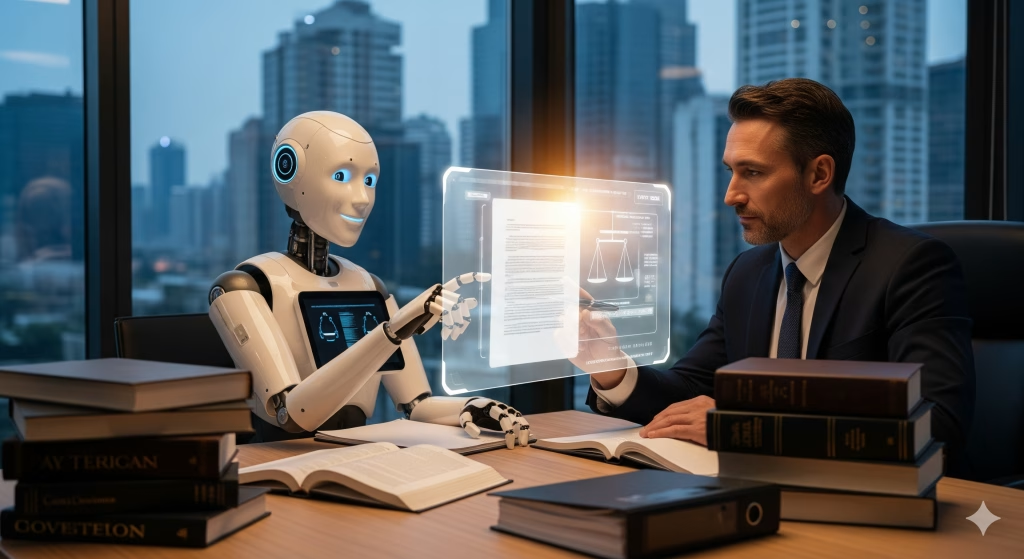
IMPLEMENT AI IN LEGAL PRACTICE – LAW OFFICES – COURTS – LAWYERS
Legal research has also undergone dramatic change with the advent of AI-driven search engines. Instead of combing through shelves of casebooks and outdated indexes, attorneys now query systems that instantly return precedents, statutes, and secondary sources tailored to specific fact patterns. The time saved is transformative in environments where billable hours dictate business models. Yet the same systems carry hidden dangers. Language models have been documented to fabricate case citations, leading to professional embarrassment and even sanctions. Blind trust in algorithmic research is therefore reckless. Lawyers are taught to verify, cross-reference, and apply critical judgment. No matter how sophisticated the system, professional liability still falls squarely on the human practitioner. This underscores a key reality: AI is a tool, not an oracle. Scholars from Oxford Law Faculty emphasize that the integration of AI into research should be understood as augmentation of cognitive labor, not its replacement. When used responsibly, these systems enhance productivity, but they cannot absolve lawyers of their duty of diligence.
Predictive analytics represents another domain where AI is reshaping legal practice. Systems trained on historical rulings and settlement data can forecast the likelihood of trial outcomes, anticipate opposing strategies, and suggest optimal negotiation postures. For corporate clients and insurers, this is a dream scenario: decisions about whether to litigate or settle appear to rest on quantifiable probabilities rather than subjective judgment. Yet the veneer of objectivity masks structural problems. Data drawn from decades of litigation reflects systemic biases and regional disparities, meaning that predictions may simply replicate injustice under the guise of neutrality. The London School of Economics has published critical perspectives on algorithmic decision-making, warning that predictive analytics in law can entrench inequities instead of resolving them. While these tools add a valuable dimension to litigation support, they must be interpreted cautiously, always with an awareness of the limitations and distortions of their data sources. Lawyers remain responsible for translating probabilistic forecasts into strategic choices that reflect both legal precedent and ethical obligation.
The administrative backbone of law firms is another area quietly transformed by AI adoption. While less glamorous than courtroom drama or high-stakes negotiations, functions like client intake, billing cycles, discovery management, and correspondence drafting occupy a substantial portion of a firm’s daily operations. Automation here delivers significant time savings, allowing lawyers and paralegals to redirect attention toward client-facing activities. Yet dependence on opaque software raises new vulnerabilities. A misfiled record or an algorithmically rejected expense can generate disputes that erode client trust. Worse still, when these errors occur, accountability is diffuse. Firms often find themselves trapped in technical support queues, unable to audit or correct the algorithm’s logic. The International Legal Institute points out that technology vendors increasingly shape the workflow of law firms, sometimes locking them into proprietary ecosystems that limit flexibility. This creates an environment where operational efficiency comes at the cost of autonomy, and where the line between legal expertise and software management grows thinner.
Security and confidentiality also deserve special mention. Legal professionals handle highly sensitive client information, from trade secrets to personal financial data. AI systems that process and store such data create new attack surfaces for cybercriminals. Breaches in AI-powered platforms can expose entire case strategies, confidential communications, or proprietary business information. The Privacy International watchdog has warned that the deployment of AI without robust encryption and compliance protocols risks undermining client trust at the very core of legal services. Firms cannot simply rely on vendor assurances of security. They must actively audit and monitor systems, ensuring that legal privilege is not compromised by technical vulnerabilities. Cybersecurity thus becomes not just a technical matter but a professional duty tied directly to client advocacy and trust.
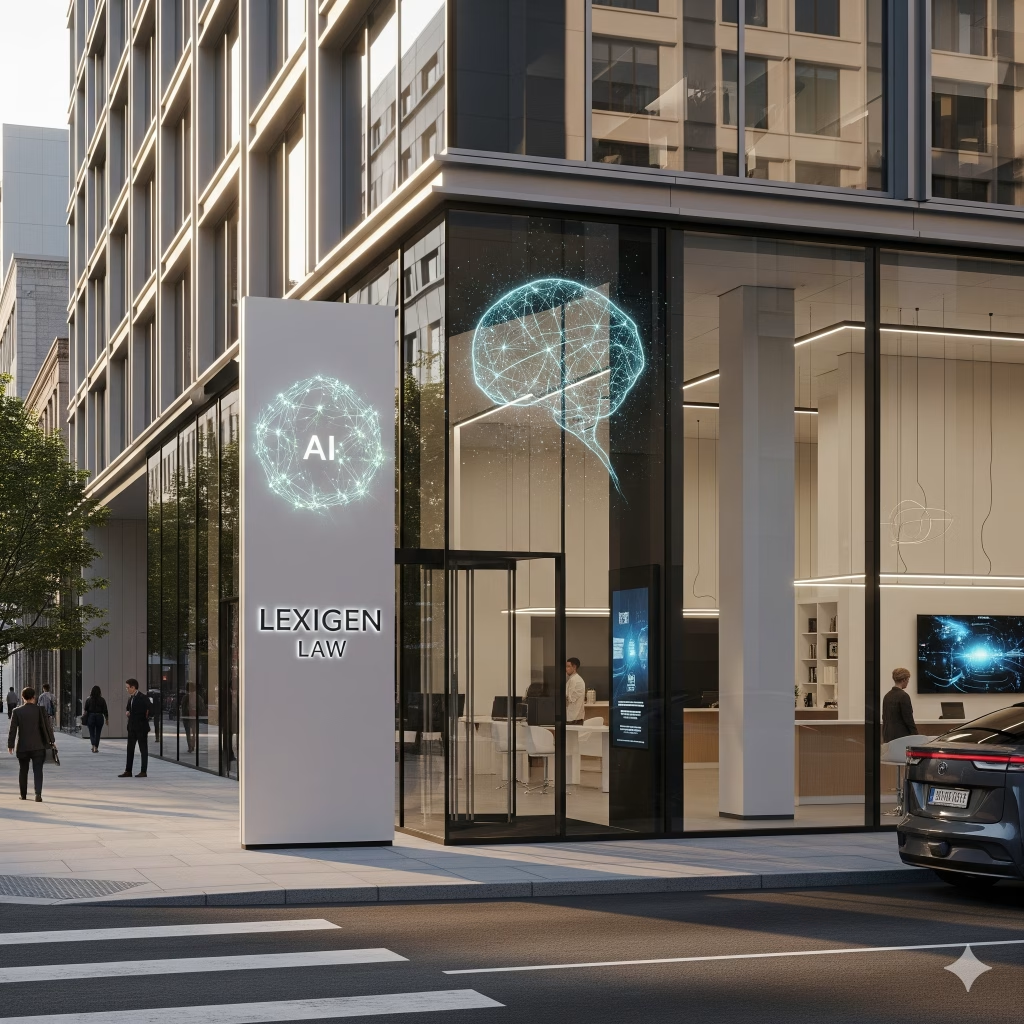
Ultimately, AI in legal practice is less about the fantasy of robot lawyers and more about the pragmatic reallocation of labor. It trims inefficiencies, accelerates document-heavy processes, and provides decision support, but it does not replace human judgment. Law is a profession rooted in advocacy, interpretation, and ethical responsibility qualities that no algorithm can replicate. As Stanford Law Review has observed, legal systems are not merely rule engines but human institutions built on precedent, debate, and negotiation. AI may sharpen tools, but it cannot replace the craftsman. Firms that recognize this distinction will thrive, using AI to augment their capabilities without succumbing to the illusion of full automation. Those that forget risk reducing their practice to brittle shortcuts, undermining the very precision and accountability that clients expect. In the end, AI in law is augmentation masquerading as disruption, and the real transformation lies in how humans choose to integrate technology into a profession that has always been defined by judgment, persuasion, and responsibility.
📩 Ready to modernize your law firm’s workflow with intelligent, secure AI?

